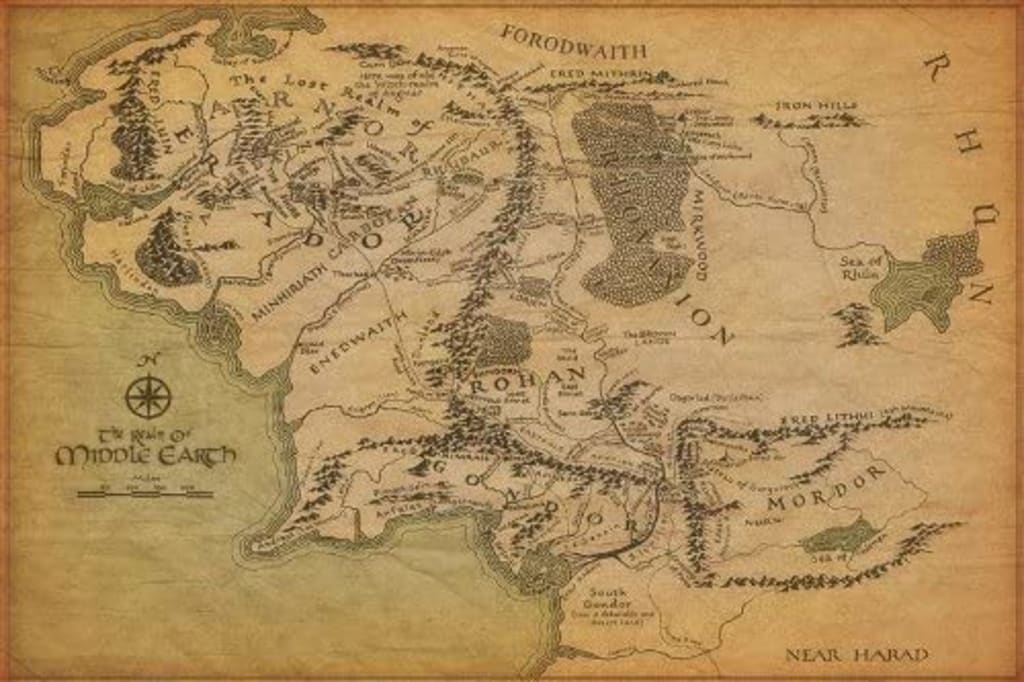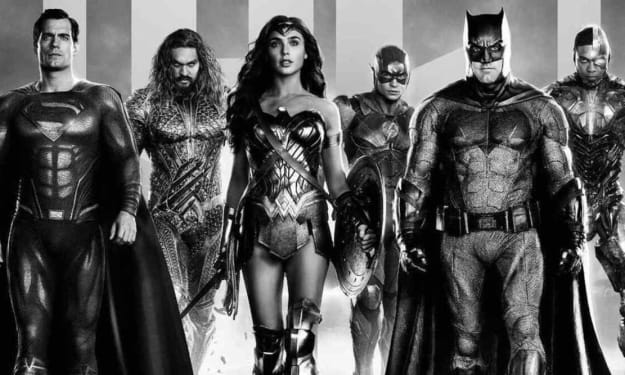World-Building: Fleshing out the World of the Screenplay
Improving your worlds with a few simple steps

Creating a world for a story is just as integral to the creation of a story as characters and plot. Having a world that feels plausible, lived-in and realistic brings your audience in and helps cement them in the reality you are trying to create.
But what do we mean by world-building? The first films that come to mind are things like Lord of the Rings, Star Wars, Game of Thrones etc. These are extreme examples of world-building, where part of the appeal of the media is seeing the world expanded and the lore deepened. Some, such as Lord of the Rings, even have entire languages created to further the environment. However, world-building is just as prevalent in films with a much smaller scope.
Even comedies have dynamic world-building. Take a look at Pitch Perfect, a fairly standard comedy in my opinion, but actually creates a whole world around it's central concept of acapella singers, pushing it much further into the limelight than it would be perceived in our reality. But, in the reality of the film, you accept it. And this is largely due to our first point.
1) The Character's Place in the World
When I give screenplay workshops, I talk constantly about tying everything back to a certain theme. The message at the core of your film should be what dictates everything that is created. Let's take Pitch Perfect. We accept this reality of acapella being a global phenomenon because our central characters are so invested in succeeding in this world. The concept begins to mirror the characters investment into the world itself, and so we accept it.
Going to a larger scale, the original Star Wars features a great deal of completely unrealistic events. Strangely humanoid aliens, desert covered planets, and a magical force that allows you to move things and control peoples minds. And yet somehow, we still accept this. This is because everything links back to how our protagonist, Luke Skywalker, is feeling. Tatooine, our desert planet, reflects his state of mind. He's an outcast, and doesn't really feel like he fits in. Therefore, his home is populated with a largely alien population. As the story moves on, we meet more characters that Luke feels a kindred spirit with. Han Solo represents and ideology of what Luke wishes he was like, a dangerous rebel who lives by his own rules. Kenobi symbolises a further aspiration, a wise and collected man who has everything figured out. These two are what starts our hero's journey to then explore the galaxy far far away.
2) The World as a Vehicle for Creating Conflict
You've probably heard this analogy in reviews of films like 'Sin City' or pretty much any 'Batman' film, where Gotham City is described as 'an additional character in the film'. Really, this just means it feels lived-in and populated. You might think a world will feel lived-in by filling your city streets with extras, however it goes a little deeper than that.
'Lessons From The Screenplay' does a great analysis of the Steven Spielberg film 'Minority Report' where they illustrate how the society that the film creates ultimately ends up becoming the antagonist. I'll try not to spoil too much, because it's an under-rated classic that really deserves more attention than it gets, but the basic concept of the film revolves around the idea of crime becoming a thing that can be predicted and prevented, and the moral and legal dilemmas behind that. Our Protagonist, John Anderton, is an agent of the 'Pre-Crime' division of the police. However, his world and ideologies are brought into question when he is predicted to commit a murder. He then goes on the run, and the whole film becomes about the fight for free will and whether or not it exists. Through this simple turning point, the established world and this character's own beliefs become the driving antagonist of the whole film.
The video essay goes into a lot more detail, but to summarise, the film is able to weave exposition about this world with drama and conflict. We are introduced to this world through a conflict that is then carried throughout the entire film, however their ideologies become flipped.
3) Obey the Laws... Even if They're Made Up
Time Travel films are made or broken by this central concept, and perfectly epitomise what I'm trying to illustrate with this rule. In any Time Travel story, you first have to decide what the rules of time travel are. 'Back to the Future' operates on the idea that changing the past effects the future, but 'Avengers: Endgame' opts for a splintered reality approach. 'Interstellar' posits that time dilation (gravity distorts time with a stronger force) means that you can only accelerate your time, and not go back, wheras 'Tenet' allows you to go back and forth, but you completely lack free will and everything is pre-determined and going to happen.
What do all of these films, with maybe the exception of Interstellar, do? They stick to these rules. 'Back to the Future' sticks to it's Butterfly Effect mentality, Tenet removes the idea of free will, and 'Terminator' flip flops back and forth as to whether or not the future can be changed or if it's set in stone, and can only be delayed.
All of this goes to say, that there are some rules that can't be broken, even if you are the one that made them up. Superheroes have to have some sort of power limit to be believable, Superman can be rendered virtually useless with a little green rock, and explosions don't hurt people in 'Die Hard'. My point being, you can create anything, but the world needs to be believable and anchored with set rules. Any action film completely breaks the physical laws of the amount of pain one person can take because it looks cool and fills you with adrenaline, heck, 'Face/Off' allows you to swap a persons face completely, but even this film is anchored by specific rules that stop you doing anything. For example, the procedure to swap faces is highly experimental, so that not every single person in the world can do it, creating a unique situation for these two.
Make your own rules, and stick to them. Always have a little nugget of Kryptonite in your back pocket to anchor your world in whatever version of reality you're trying to create.
Hopefully these tips go a bit of a way to helping you understand the rules and regulations of world-building. The caviat being, as with all rules around creative undertakings, is that rules can be broken, if you have a reason to. Having your world reflect your character's mindset might not work, the opposite might be true. Your character conflict might come from your character's entirely, rather than a summarising of your theme. Go out there, keep writing, and keep creating.
About the Creator
Sam Gamble
Film reviews, movie-making articles, and more. Follow a fanboy's journey in exploring pop culture and everything else around it.






Comments
There are no comments for this story
Be the first to respond and start the conversation.